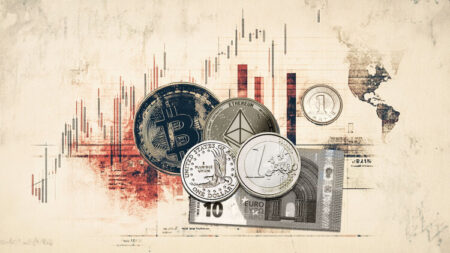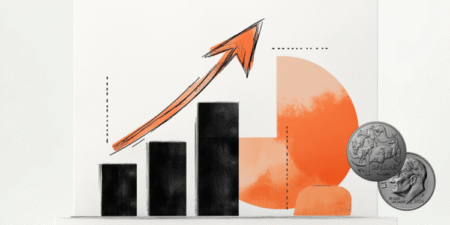EUR/JPY continues its winning streak for the fifth successive session, trading around 177.60 during the Asian hours on Thursday. The currency cross remains close to the fresh all-time high of 177.86 recorded on Wednesday, as the Japanese Yen (JPY) struggles as political shifts dampened the odds for the rate hikes by the Bank of Japan (BoJ).
The incoming Prime Minister of Japan, Sanae Takaichi, a vocal supporter of Abenomics-style stimulus, is expected to increase fiscal spending alongside continued loose monetary policy. BoJ Governor Kazuo Ueda recently indicated that the central bank may raise interest rates if economic and price developments align with expectations, while cautioning that downside risks to growth remain.
However, the upside of the EUR/JPY cross could be restrained as the Euro (EUR) could face challenges amid mounting political turmoil in France, the second-largest economy in the Eurozone. French President Emmanuel Macron remains under pressure to call early elections or step down to end the political turmoil.
Following his unexpected resignation, outgoing Prime Minister Sébastien Lecornu began two days of negotiations. On Wednesday, Lecornu indicated that dissolving parliament was unlikely, while the talks revealed a consensus to approve a budget by year-end.
On the Eurozone’s policy stance, European Central Bank (ECB) policymaker and Bundesbank President Joachim Nagel said on Wednesday that “the ECB’s current monetary policy is appropriate.” “Eurozone inflation is close to the medium-term target of 2%, seen remaining there in the coming years,” Nagel added.
Bank of Japan FAQs
The Bank of Japan (BoJ) is the Japanese central bank, which sets monetary policy in the country. Its mandate is to issue banknotes and carry out currency and monetary control to ensure price stability, which means an inflation target of around 2%.
The Bank of Japan embarked in an ultra-loose monetary policy in 2013 in order to stimulate the economy and fuel inflation amid a low-inflationary environment. The bank’s policy is based on Quantitative and Qualitative Easing (QQE), or printing notes to buy assets such as government or corporate bonds to provide liquidity. In 2016, the bank doubled down on its strategy and further loosened policy by first introducing negative interest rates and then directly controlling the yield of its 10-year government bonds. In March 2024, the BoJ lifted interest rates, effectively retreating from the ultra-loose monetary policy stance.
The Bank’s massive stimulus caused the Yen to depreciate against its main currency peers. This process exacerbated in 2022 and 2023 due to an increasing policy divergence between the Bank of Japan and other main central banks, which opted to increase interest rates sharply to fight decades-high levels of inflation. The BoJ’s policy led to a widening differential with other currencies, dragging down the value of the Yen. This trend partly reversed in 2024, when the BoJ decided to abandon its ultra-loose policy stance.
A weaker Yen and the spike in global energy prices led to an increase in Japanese inflation, which exceeded the BoJ’s 2% target. The prospect of rising salaries in the country – a key element fuelling inflation – also contributed to the move.
Read the full article here















